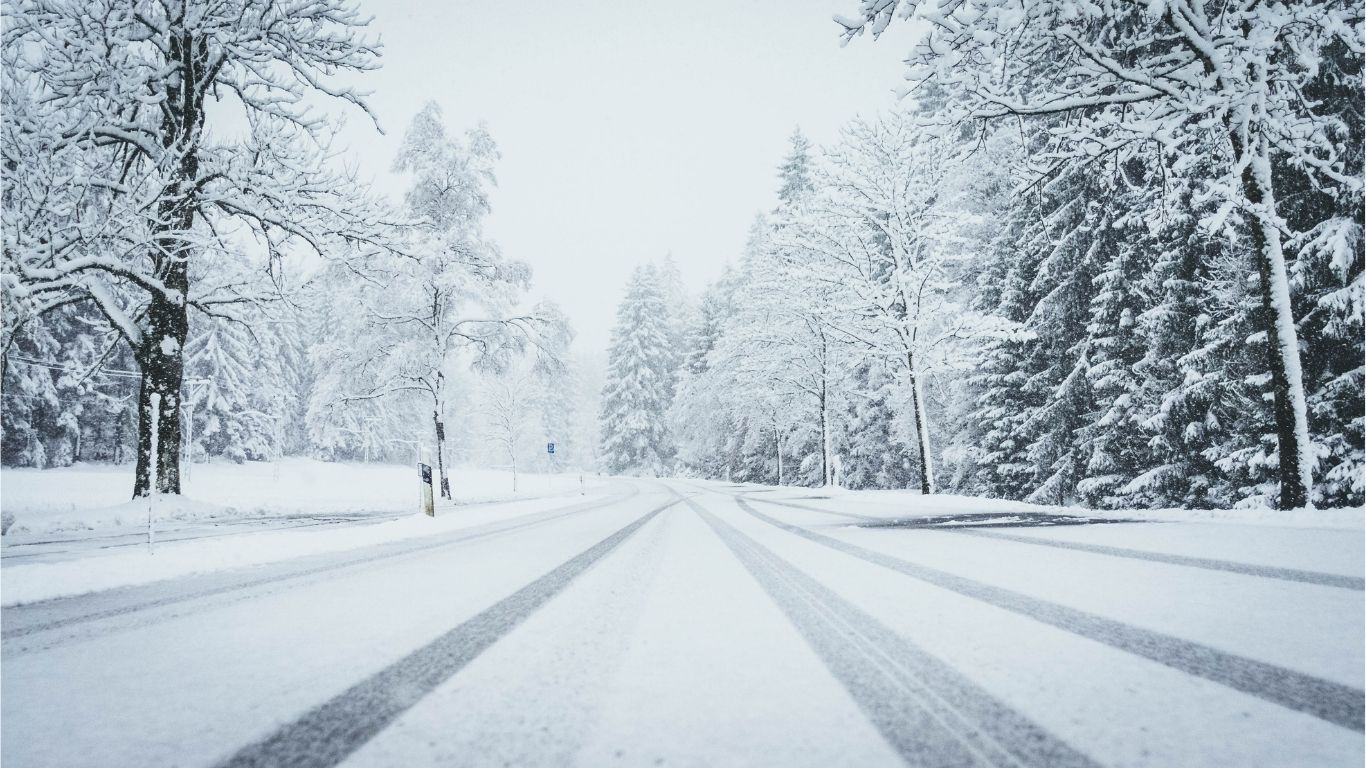From Lincoln to Present: Exploring Notable Statesman Nyt Crossword Puzzles

Crossword puzzles have captivated minds for decades, and one of the most beloved platforms for these brain teasers is the New York Times. Each puzzle presents a delightful challenge, filled with clever clues that can stump even the most seasoned solvers. Among these clues, statesmen often take center stage—figures who have shaped history through their leadership and decisions. From Abraham Lincoln to modern-day politicians, this blog will dive into how notable statesman nyt crossword puzzles and what makes them so enduringly fascinating. Whether you’re a die-hard fan or just starting your crossword journey, there’s something uniquely intriguing about connecting names from history with those little black squares on paper. Let’s explore this intersection of politics and puzzling!
History of Statesmen in Crossword Puzzles
Crossword puzzles have long been a reflection of cultural and historical trends. From their inception in the early 20th century, statesmen have frequently graced the grids, symbolizing their influence on society.
Icons like Abraham Lincoln and Franklin D. Roosevelt often appear as clues or answers. Their legacies resonate beyond politics, making them timeless figures for puzzle creators. The inclusion of these leaders showcases how crossword enthusiasts engage with history.
As times changed, so did the representation of political figures. The rise of diverse voices brought new statesmen into play—figures who reflect modern values and issues.
The evolution mirrors societal shifts, allowing solvers to connect with both past and present leaders. Crossword puzzles serve not just as entertainment but also as a medium through which we explore our political landscape over decades.
Notable Statesmen Clues and Answers from Past NYT Puzzles
Throughout the years, The New York Times Crossword has featured a plethora of clues revolving around notable statesmen. Some have tested solvers’ knowledge on historical figures while others playfully hint at contemporary leaders.
For instance, a clue like “16th President” often leads to the answer “LINCOLN,” invoking thoughts of his leadership during turbulent times. Similarly, references to “First female Secretary of State” point towards “ALBRIGHT,” celebrating advancements in political representation.
More recent puzzles include clues such as “Current Vice President,” which typically yields the answer “HARRIS.” These inclusions not only reflect current events but also engage younger solvers who are familiar with today’s political landscape.
Each puzzle serves as a snapshot of societal values and interests. Notable names encapsulated within these grids shape our understanding and appreciation for influential figures in history and politics alike.
The Impact of Political Figures in Crossword Solving
Political figures often serve as a rich source of inspiration in crossword puzzles. Their names, policies, and legacies become clues that connect the past with the present.
Solving these puzzles can be like a mini-history lesson. Players learn about influential statesmen while sharpening their problem-solving skills. A clue referencing Franklin D. Roosevelt or Kamala Harris not only tests knowledge but also sparks curiosity.
Moreover, political references can create conversations among solvers. Sharing insights about a particular leader enhances community engagement surrounding the puzzle.
The presence of political figures adds depth to crosswords, allowing for exploration beyond mere wordplay. It invites solvers to think critically about historical contexts and current events alike.
As new generations emerge in politics, fresh faces will continue to shape future crossword puzzles too—making them relevant and intriguing for all who engage with them.
Modernizing the Puzzle: Inclusion of Diverse Statesmen
Crossword puzzles have evolved significantly over the years. The inclusion of diverse statesmen reflects a broader cultural shift towards representation and inclusivity.
Today’s puzzles often feature clues that highlight influential leaders from various backgrounds. This change enriches the solving experience, introducing solvers to figures they may not be familiar with.
Diverse statesmen such as Kamala Harris, Barack Obama, and Nelson Mandela frequently appear in modern crosswords. Their presence challenges traditional norms and broadens our understanding of leadership across different cultures.
Puzzle creators are increasingly aware of this need for diversity. They strive to curate a lineup of answers that showcases both historical and contemporary figures from all walks of life.
This modernization ultimately makes crossword solving more engaging. It invites discussion about history, politics, and social issues while celebrating the varied tapestry of global leadership today.
Tips for Solving Statesmen Clues in Crosswords
When tackling statesmen clues in crossword puzzles, context is key. Consider the era or significant events related to the figure mentioned. Dates and historical milestones often guide you toward the right answer.
Familiarize yourself with common abbreviations associated with political titles. Terms like “Sen.” for senator or “Gov.” for governor can pop up frequently.
Don’t overlook wordplay! Clues may twist names into puns or references that require a different angle of thinking.
Using online resources or books about political history can broaden your knowledge base, helping you recognize lesser-known figures when they appear.
Practice makes perfect; try solving older puzzles. They often feature prominent statesmen from various periods, allowing you to connect past answers with today’s challenges.
Above all, enjoy the journey through history as each clue reveals more than just letters—it offers insights into influential lives and legacies.
Faqs
Crossword puzzles have always been a source of fascination for puzzle enthusiasts and casual solvers alike. The New York Times has played a pivotal role in shaping this passion, particularly with its clever inclusion of statesmen across decades.
Many readers often wonder about the history behind these intriguing clues. From Abraham Lincoln to contemporary political figures, statesmen have left their mark on crossword clues throughout the years. Each entry not only tests knowledge but also invites solvers to reflect on political history and leadership.
When it comes to notable entries in past NYT puzzles, there’s no shortage of memorable clues associated with famous leaders. Names like Franklin D. Roosevelt or Margaret Thatcher frequently made appearances, each bringing tales of their significant contributions and controversies into play within the grid.
Political figures can influence how we approach solving crosswords too. Their prominence shapes our cultural landscape, making certain names more familiar than others at any given time. Recognizing these influential characters enhances both the enjoyment and challenge that come with every puzzle.
The modern crossword is evolving as well—now featuring a broader spectrum of diverse statesmen from various backgrounds around the world. This shift reflects an ongoing commitment towards inclusivity while enriching the puzzle experience for everyone involved.
For those eager to tackle statesman-related clues effectively, here are some quick tips: familiarize yourself with historical timelines; brush up on recent events; keep an eye out for common abbreviations related to government or politics; and do not shy away from using online resources if you’re feeling stuck!
With such depth in content surrounding statesmanship within crossword puzzles, one thing remains clear: there’s always more to learn—and enjoy—in your next solving adventure!
Here are some frequently asked questions about statesman references found in NYT crosswords:
What makes a clue involving a statesman unique?
Statesman clues often involve historical context that adds layers to standard wordplay or trivia questions.
Are there themes tied specifically to politicians in crossword puzzles?
Yes! Many constructors create themed puzzles during election seasons or after major political events,









